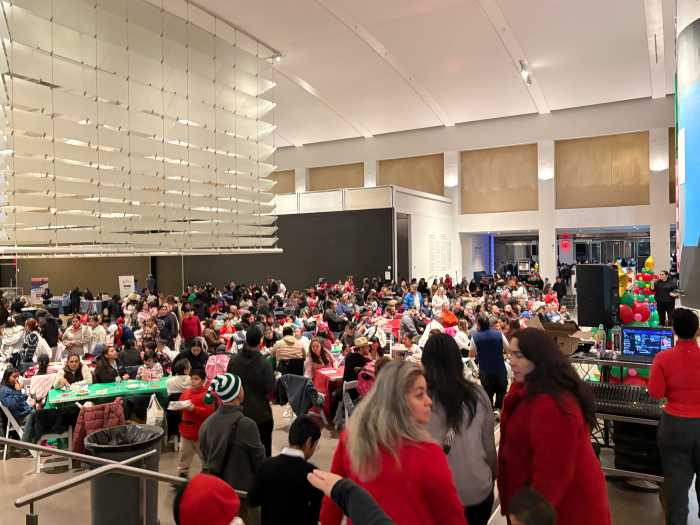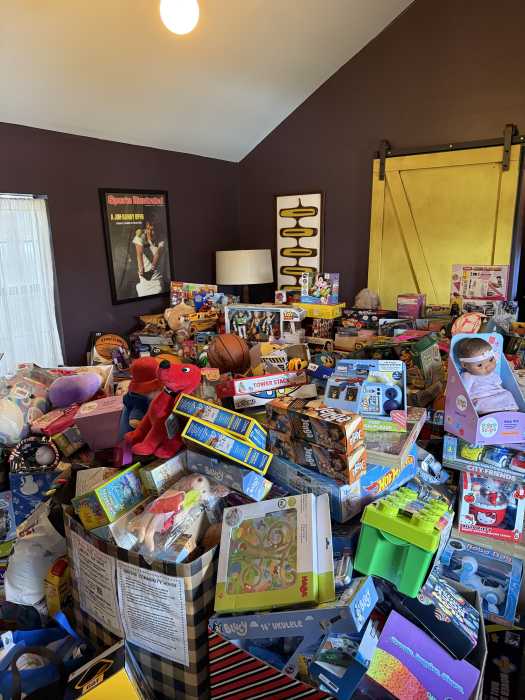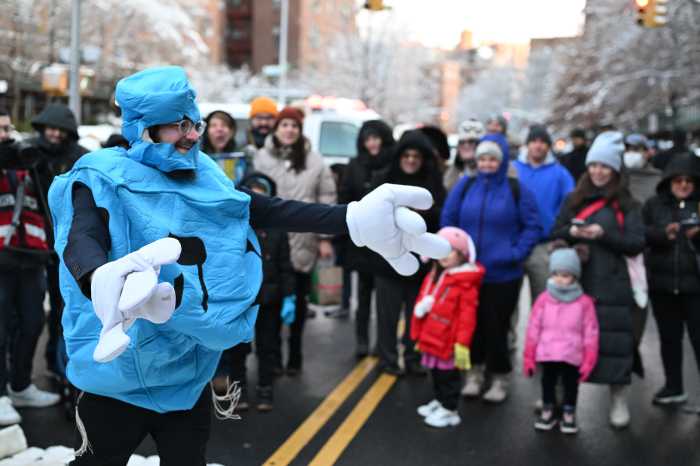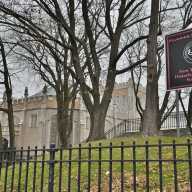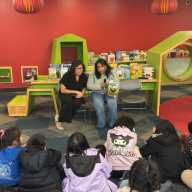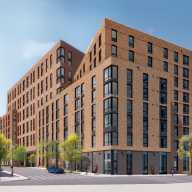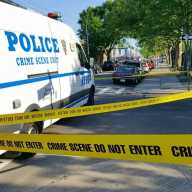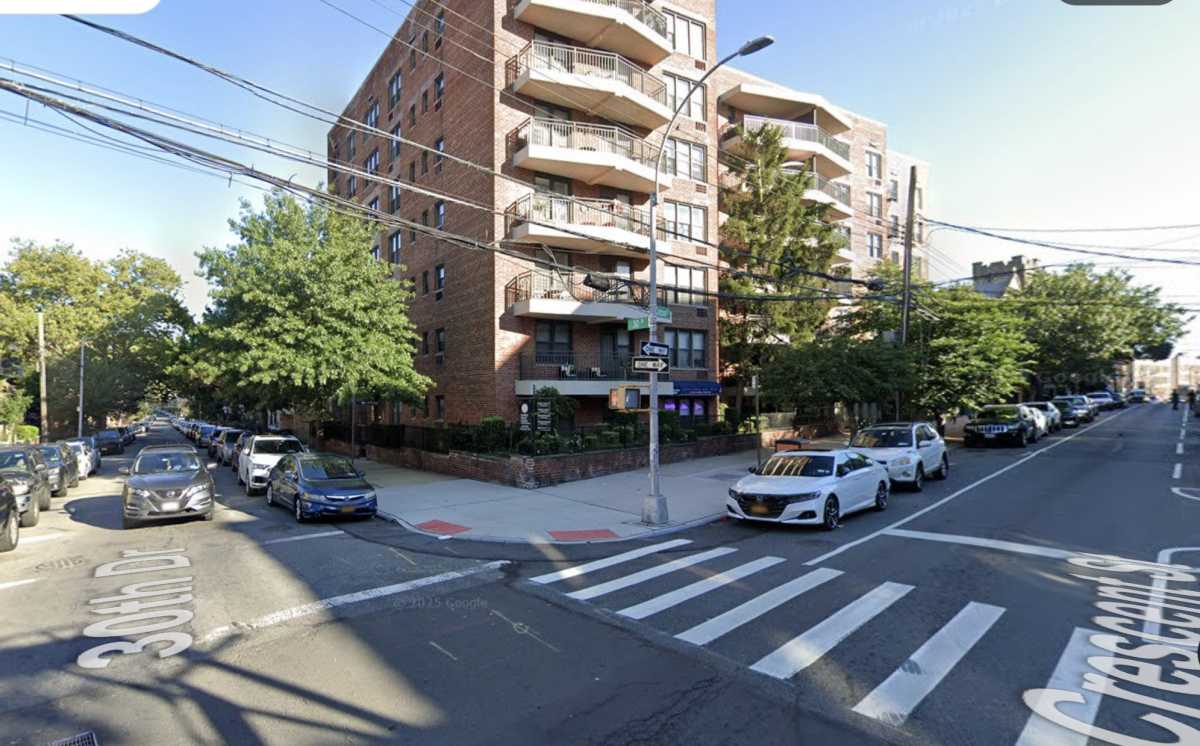We begin a two-part series this week on Brooklyn Forest Park and some of the incredible features that generations of Queens residents have come to enjoy for more than a century.
Wait … Brooklyn Forest Park? This may sound strange, but it was Forest Park’s original name. The park’s roots were actually planted three years before the five boroughs united to become greater New York City.
In 1895, the City of Brooklyn — at the time, the third most populated city in the U.S. (only New York and Philadelphia were larger) — decided to build a park with recreational facilities for those who resided in the western district of Brooklyn. After investigating various sites, it was found the best location would be in Queens County, outside the city.
There was a large vacant acreage and the transportation from Brooklyn using the new electric trolleys was satisfactory.
Accordingly, they started to dicker with landowners along Myrtle Avenue in Glendale, Woodhaven and Richmond Hill, with the object of acquiring 500 acres. They offered prices substantially above the market and had no difficulty in purchasing the land they wanted. However, because of the numerous owners involved, and the delays in closing title, it took several years to buy the land.
But before they could start to develop the park, Brooklyn became part of New York City on Jan. 1, 1898, and the name was changed to Forest Park.
Alexander Fields, a New York dry goods merchant, lived in a house on the hill north of Myrtle Avenue at what is now 108th Street in Richmond Hill. There was a pond on his property adjacent to Myrtle Avenue. He sold it to the city of Brooklyn, and his home was eventually used for the superintendent’s house for the park.
Jarvis Jackson became the first superintendent and the pond eventually became known as Jackson’s Pond. The children in the neighborhood fished in the pond for carp and catfish. They also used the pond to sail model boats.
Jackson Pond’s mud bottom was replaced with brownstone pebble gravel in 1931, which was subsequently improved through a Works Progress Administration project 10 years later. However, by 1966, the pond’s base became structurally unsound, and the Parks Department filled it with concrete to construct a new playground and basketball courts.
A hot house was opened at Forest Park Heights and eight men were employed to supply plants for the park. The Queens County Park Commissioner’s Office was installed in the Overlook, a building in a section of the park north of Metropolitan Avenue in Forest Hills.
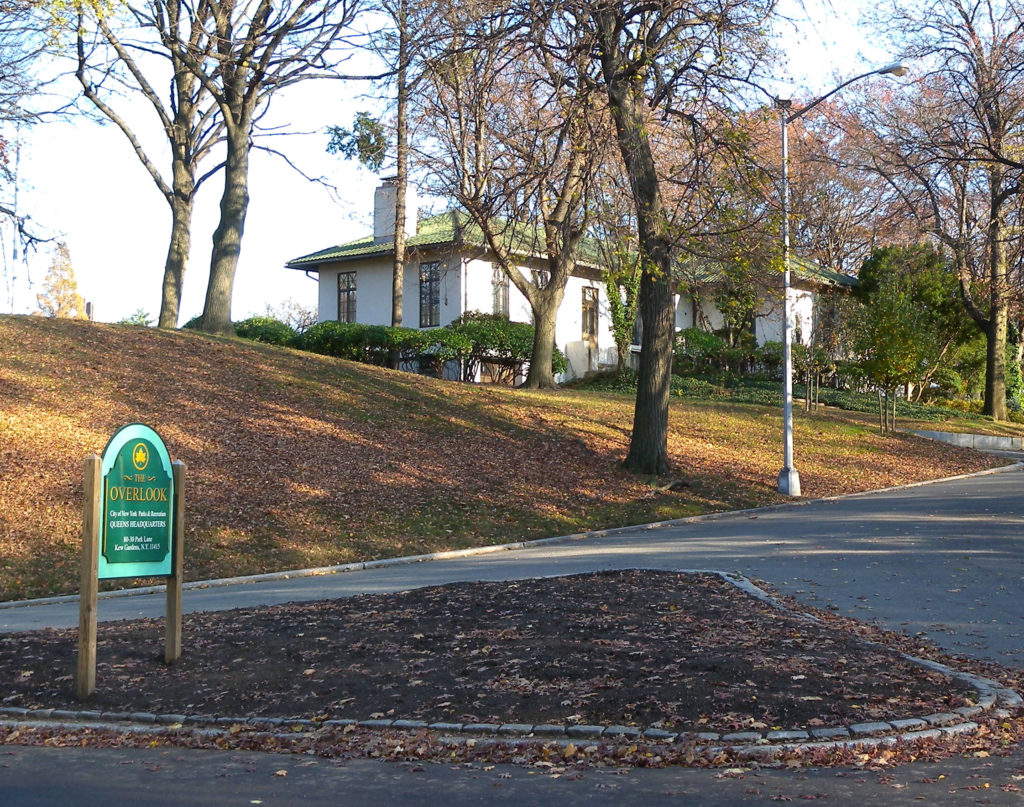
Teeing off at the park
In 1905, a golf links was opened, one of the first in the area. Copied after the courses in Scotland, using the natural terrain, it had 18 holes, with the first four holes being along Park Lane South. Eventually this part of the course was changed and the holes relocated.
A communications building for the New York City Fire Department was located where the green for the fourth hole had been. This building at the corner of Woodhaven Boulevard and Park Lane South remains active today, with its workers helping firefighters answer the call of duty for any and all emergencies.
Caddies earned 25 cents for 18 holes; this was long before the days of golf carts. Most of the holes on the course had names as well as numbers. The ninth through 15th holes were located along Myrtle Avenue with names like “Lake Hole,” “Camelback,” “Old Glory,” “Roadway” and “Cabbage Patch.”
One of the toughest holes on the course was the eighth, which was known as “San Juan Hill” in honor of Teddy Roosevelt and his Rough Riders in the Spanish American War.
In the winter time, the children used Forest Park for sleigh riding, but only the more daring would go down San Juan Hill with their sleighs.
Edward Bourcier, a Frenchman, lived on 17 acres on the south side of Myrtle Avenue at what is now 80th Street in Glendale. In 1895, he sold 14.816 acres to the City of Brooklyn for Brooklyn Forest Park for $29,632 (or $2,000 per acre, which was slightly below the average price they paid of $2,154 per acre for the entire park). He retained approximately two acres and the house he lived in. A U-shaped path lined with poplar trees led from Myrtle Avenue to his house.
Bourcier died in 1906, and his heirs sold the property to Charles Strain for $26,700. Strain immediately converted the house — a three-story wooden building with a large porch on the west side — to a clubhouse for a private golf course for the more affluent golfers who used the Forest Park Links.
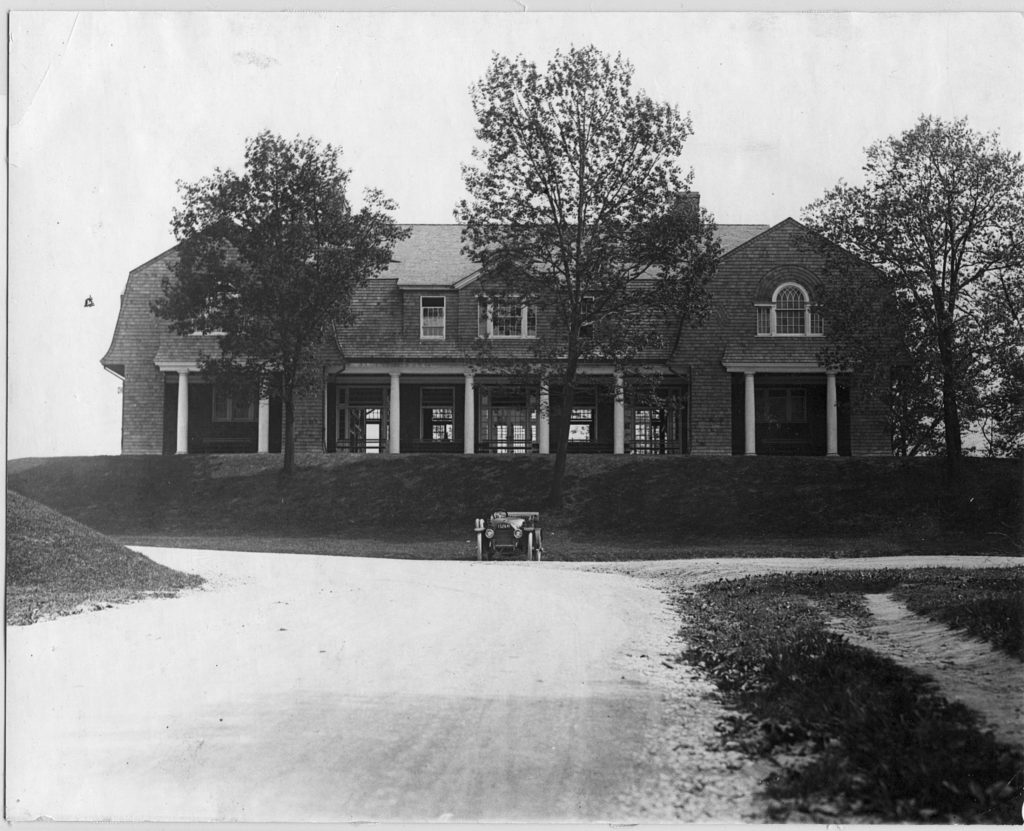
Some of the members of this club were Charles Baum, who had a leather goods store on Myrtle Avenue in Ridgewood; Arthur Stearns; Devereau Lord; Henry Miller, who was the golf pro at Forest Park Links; Charles Stoddard; Doctor Steele, a minister; and Gilbert Tompkins, who was the Lido Country Club champion.
In addition, there was a public clubhouse in the southern part of the links adjacent to Park Lane South.
To accommodate the golfers who could not afford membership in the private club, William Rail — who had a cigar and candy store on the north side of Myrtle Avenue near Dry Harbor Road (now 80th Street) — installed lockers which he rented to golfers. He also sold golf balls and other golf suppliers.
There were a number of Scots living in Glendale and they were enthusiastic golfers. They formed the Clansmen Club, which was used for social activities.
In the 1920s, Arthur “Dazzy” Vance — the famous fastball pitcher for the Brooklyn Dodgers — enjoyed playing golf at the Forest Park Links, as did Wilbert “Uncle Robbie” Robinson, manager of the Dodgers. Sherrod Smith and Leon Cadore, both of whom pitched for the Dodgers between 1915 and 1922, also played the course at regular intervals.
Some of the professional golfers who played Forest Park were Wilfred “Wiffie” Cox, Pat Doyle and Stewart Doyle. Among the fine amateur golfers who played at Forest Park were Davey Ross, the Forest Park Links champion, and the Dauble brothers who lived on Ford Avenue (now 79th Place) in Glendale.
The park continues to grow
The year 1912 brought a chestnut tree blight that destroyed a large number of trees in Forest Park. A contract was let by the city on March 5, 1912, to Viaduct Contracting Company for removal of the approximately 15,000 dead and diseased trees.
A logging camp was set up — the only one in this area of the United States at that time. Under the terms of the contract, the city paid nothing for the removal of trees and they received 20 percent of the felled timber, which they used for fence posts, rustic steps and boardwalk planks in the Rockaways.
Sadly, many storms through the years knocked down scores of other trees around Forest Park. Hurricane Sandy in October 2012 hit the park particularly hard, but local volunteers quickly rose to the occasion, clearing fallen trees from Forest Park Drive and other roadways in or near the park.
In 1914, telephones were installed in the Overlook, the greenhouse, the golf clubhouse, the superintendent’s house at Jackson’s Pond and in the stables.
Old timers in Glendale thought the park originally extended west to about what is 73rd Street. However, park-like area from what is now 73rd Street to what is now 79th Lane was actually Section 14 of Cypress Hills Cemetery. Up until 1914, it was not used for burials.
In December of that year, this 85-acre section of land was sold by Cypress Hills Cemetery to the Mount Lebanon Cemetery Corporation.
Be sure to come back next week for our second part, which focuses on the Forest Park Carousel, the Dry Harbor Playground, Victory Field and the Jackie Robinson Parkway. Meantime, we welcome any of your memories of one of Queens’ most historic parks.
Reprinted from the Oct. 23, 2014, issue of the Ridgewood Times.
* * *
If you have any memories and photos that you’d like to share about “Our Neighborhood:The Way it Was,” write to The Old Timer, c/o Ridgewood Times, 38-15 Bell Blvd., Bayside, NY 11361, or send an email to editorial@ridgewoodtimes.com. All mailed pictures will be carefully returned upon request.



